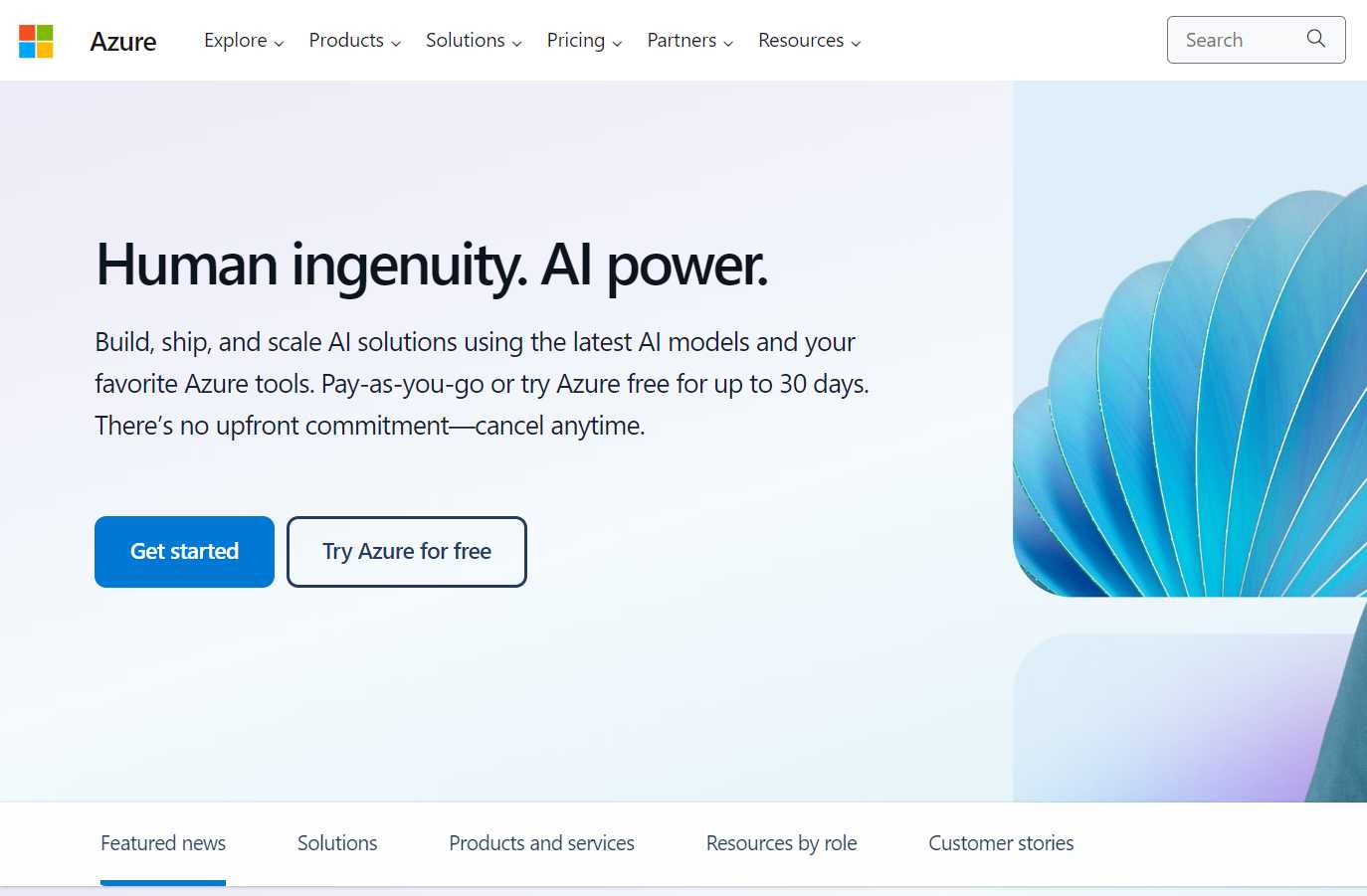
Microsoft Azure
More businesses are moving to the cloud and specifically using Microsoft Azure to do it. Microsoft Azure offers a wide range of services, including computing, storage, networking, and databases. Currently the platform is one of the leading cloud platforms in the world and for good reason. Companies of all sizes can use the power of Azure to power their applications and data and know that they will be secure while they do it.
This is because Azure security has always been a top priority for Microsoft. Built into Azure are several features and services made specifically to help users protect their data and applications in the cloud. There is infrastructure security, application security, data security and even physical security in place at Azure data centres.
But while there are many features and services available, not all of them are integrated by default. If you were to ask a provider of IT Support London they would say it is clear that when using Azure, businesses must implement certain practices to keep their cloud environment secure. These practices include identity and access management, apps and data security, security posture management, threat protection and network security.
Strengthening Access Control
It’s not a secret that the traditional security measures that we’ve become accustomed to are no longer enough to defend against the modern security attacks that we’re now under threat from. We now need to take an ‘assume breach’ approach and protect the environment as if the attacker has breached the network perimeter. The Zero Trust approach is one that aims to do just that.
To take this approach and strengthen access control, users need to verify and secure every identity institute with multi-factor authentication, enforce conditional access policies, and enforce least privilege access for every account.
Improve your security posture
Unlike on-premises environments, the cloud has a more dynamic nature with ever-growing workloads, resources and landscapes to scale as a business does. But with this dynamic nature, it can be difficult to understand the company’s security state in the cloud.
What’s needed is tools to continuously assess the current environments, identify risks and mitigate them. With Azure, users can assess and strengthen their current posture using the ‘secure score’ in Microsoft Defender for Cloud. Another benefit of this tool is the ability to use it to educate stakeholders with interactive, rich reports.
Another key way to improve security posture according to top professionals providing IT Support in London is by collaborating with DevOps teams on policies. This is important in order to help them understand the key policies for application security from the beginning of the development process.
Securing apps and data
Apps and data are the most at risk and need to be protected with a layered, defence-in-depth strategy that spans across identity, data, hosts, and networks. There are three main things to do – The first is implementing encryption for data at rest and in transit. This includes possibly using confidential computing technologies.
Second, is following security best practices with open-source dependencies with no vulnerabilities. Office 365 Consulting London providers elaborate further, suggesting companies also train their developers with practices such as the Security Development Lifecycle.
And lastly, take an approach of sharing the responsibility. This is something that is different from on-premises, depending on how the company is using the cloud, responsibilities will be shared or moved between the IT organisation and cloud providers.
Defend against threats
Defending against threats is a three-step process to keep in mind. It comes down to protecting, detecting, and responding but there’s more to it than that. The operational security posture needs to be informed with security intelligence in order to quickly identity the rapidly evolving threats.
This starts with enabling detection for all resource types which can be done using Microsoft Defender for Coud. This includes virtual machines, containers, databases, storage, IoT and more.
Next is integrating threat intelligence from a cloud provider that will use the necessary context, prioritisation, and relevance. This is ideal for making decisions that are better, faster, and more proactive.
Lastly, to efficiently defend against threats users should modernise their security information and event management. A cloud-native SIEM will be capable of scaling with a business’s needs and growth and has the added benefit of including AI capabilities to reduce noise.
Protect the network
Lastly, protecting the network means keeping pace with a rapidly changing network security landscape and making it more difficult for attackers who seek to exploit networks. This means maintaining strong firewall protection, enabling distributed denial-of-service protection, and creating a micro-segmented network. This way, businesses can protect apps, web assets and networks from a variety of malicious attacks.
In summary, Microsoft Azure is a powerful platform that can do a lot for any business. But undoubtedly, Azure is not a one-size-fits-all solution. There are many ways to customize and tailor the service to ensure that it’s allowing you to work effectively, efficiently, and most importantly, securely. Azure offers a wide range of security solutions, features and services to ensure that data and applications in the cloud are safe. By following these best practices, Businesses can significantly reduce the risk of being compromised.





